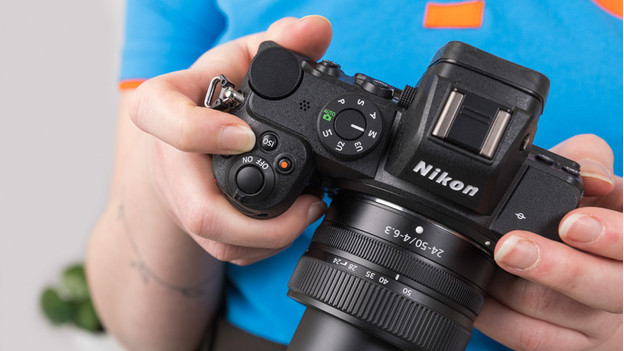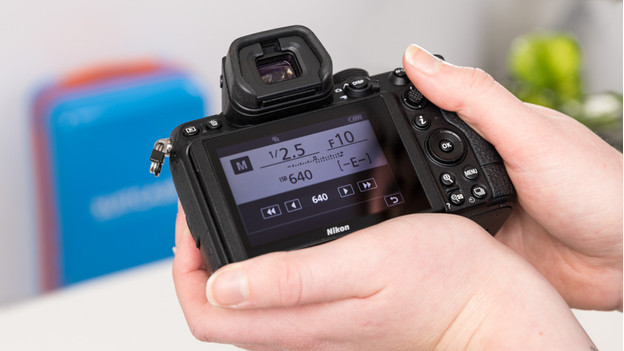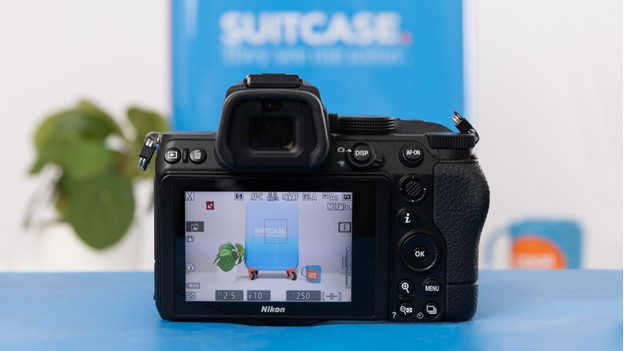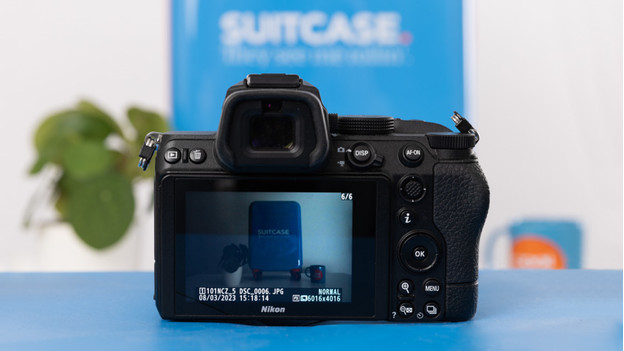
What are ISO values and when do you use them?
What are ISO values?

ISO values are the values that determine the light sensitivity of the sensor in your camera. The sensor always need sufficient light, in order to create an image of the subject you're taking a photo of. If it's dark inside or outside, the sensor often doesn't have sufficient light to create a bright and clear image. By upping the ISO value, the sensor becomes more sensitive light, in turn enabling it to capture more light.
What ISO values are there?

ISO values are generally expressed in numbers that range from 100 (50, in some cases) to 6400 or 25,600. Some cameras even support a maximum ISO value of 819,00.
When do I use which ISO value?

If take outdoor photos during the day, it's best to use the lowest ISO values (100 or 200), because there's already plenty of light for your sensor. If you're taking photographs indoors, you need to up the ISO value. Depending on the amount of light inside, you need to use an ISO value ranging from 400 to about 800. Do you plan on taking outdoor pictures at dusk or when its dark out? Make sure to use an ISO value between 1600 and 3200. Watch out for white noise with ISO values starting at 1600.
Why does white noise occur with high ISO values?

By increasing the ISO, you increase the light sensitivity of the sensor, rather than the sensor's ability to process the incoming light. In low-light situations, this means the sensor has a difficult time transforming the incoming light into the right signal. This can quickly lead to errors, in the shape of noise between the pixels. If you increase the light sensitivity, the sensor captures more light, but isn't able to process this light into the right information.
What should I do in low-light situations?

You want to take photos in low-light conditions, but you want to prevent white noise due to high ISO values. You can up the shutter speeds instead of the ISO value, and place your camera on a tripod. By keeping the shutter open longer, the sensor is given more time to capture light and properly process all of the information. You should a tripod because a longer shutter speed can lead to motion blur.



